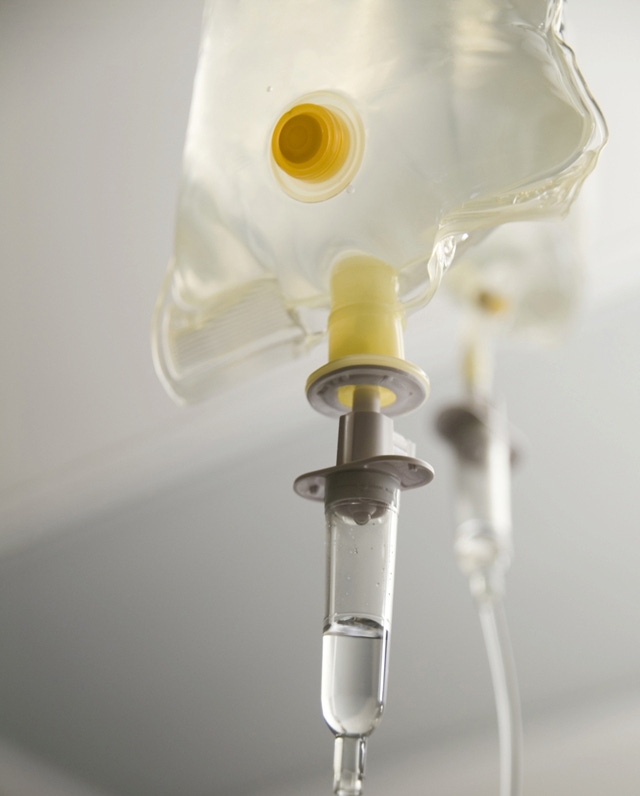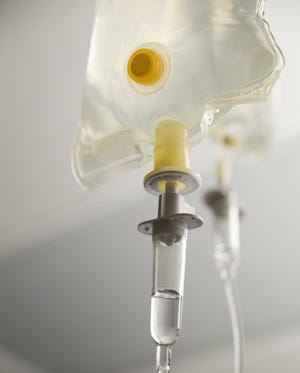Commentary by Ole Grøndahl Hansen, Project Manager, PVCMed Alliance
July 6, 2014

Commentary by Ole Grøndahl Hansen, Project Manager, PVCMed Alliance
In order to establish a strategy for reducing the chemical footprint of plastics, Clean Production Action has published the Plastics Scorecard report, as noted in PlasticsToday: "The Plastics Scorecard gives one of the world's most valuable materials a bad grade" and "Plastics Scorecard measures chemical footprint of PVC/DEHP-based medical IV bags." In the report, an intravenous (IV) bag made from DEHP-plasticized PVC is compared with a polyolefin-based bag manufactured with layers of polyethylene and polypropylene. The report favors the polyolefin bag.
I think it is a positive step, and very welcome, that organizations like Clean Production Action suggest ways to improve the use of plastics in medical devices in order to move in a more sustainable direction. However, I have to say that the methodology used in this report is too narrow minded. Weighing material selection based almost exclusively on the amount of chemicals of high concern (such as DEHP) contained in the product is insufficient. There is more to this picture than meets the eye.
Let's take a closer look at the IV bag example in the report and evaluate whether, from a sustainability point of view, a multilayered polyolefin bag really is preferable to one made from PVC.
 First, it is important to note that a multilayered polyolefin-based product is more difficult to recycle than a single-layer PVC bag. Recycling medical plastic waste is actually high on the agenda of many countries at the moment. In Australia, we have seen very positive results with PVC medical plastics waste recycling. And similar projects are ongoing in the United Kingdom, Denmark, and Sweden. PVC waste is highly recyclable and can be recovered as a valued raw material to make other secondary products. If our goal is the incineration-free hospital, PVC can help us move in this direction.
First, it is important to note that a multilayered polyolefin-based product is more difficult to recycle than a single-layer PVC bag. Recycling medical plastic waste is actually high on the agenda of many countries at the moment. In Australia, we have seen very positive results with PVC medical plastics waste recycling. And similar projects are ongoing in the United Kingdom, Denmark, and Sweden. PVC waste is highly recyclable and can be recovered as a valued raw material to make other secondary products. If our goal is the incineration-free hospital, PVC can help us move in this direction.
I also have to stress that PVC and DEHP are two different things. Concerns raised over DEHP as a substance of high concern should not impact the use of PVC as a material of choice for healthcare applications. The PVC industry has progressively made available new plasticizers as part of its commitment to innovation and the continuous improvement of safety, performance, and cost efficiency of PVC. Alternative plasticizers to DEHP have been developed and are increasingly used in medical applications, where they provide the highest levels of safety and performance while preserving PVC's key properties: patient comfort; kink resistance; bonding to rigid components without the need for adhesives; ease of sterilization using various processes; clarity; flexibility and resistance; hermetic sealing properties; ease of processing; and, last but not least, affordability.
In order to proactively participate in the sustainability debate surrounding the use of PVC in medical devices, the PVC value chain has established the PVCMed Alliance. PVCMed participates in partnerships with different stakeholders. We have recently provided data to Danish health and environmental authorities to help them evaluate potential alternatives to DEHP in PVC-based medical devices. We are also active in seeking solutions for the recycling of PVC-based medical devices, as I mentioned above.
The sustainability debate around medical devices is extremely complex. There are no easy solutions just around the corner when it comes to the combinations of materials and additives that should be used. But the debate is ongoing, and it is my feeling that most stakeholders today agree that we have to follow the road to sustainability. The question is how to define that road. The more stakeholders willing to participate in this task the better, I think.
About the Author(s)
You May Also Like




